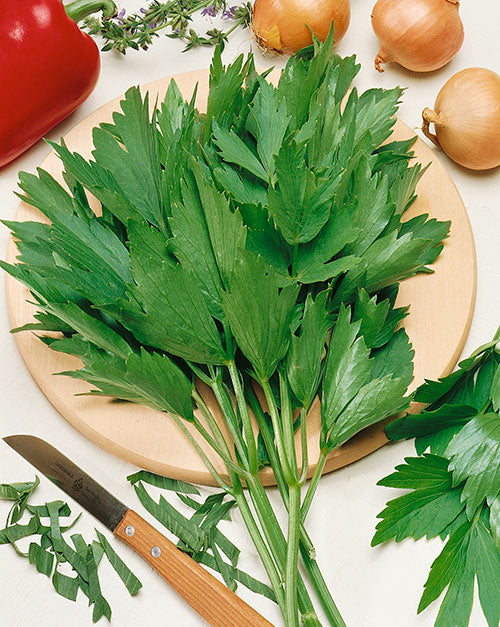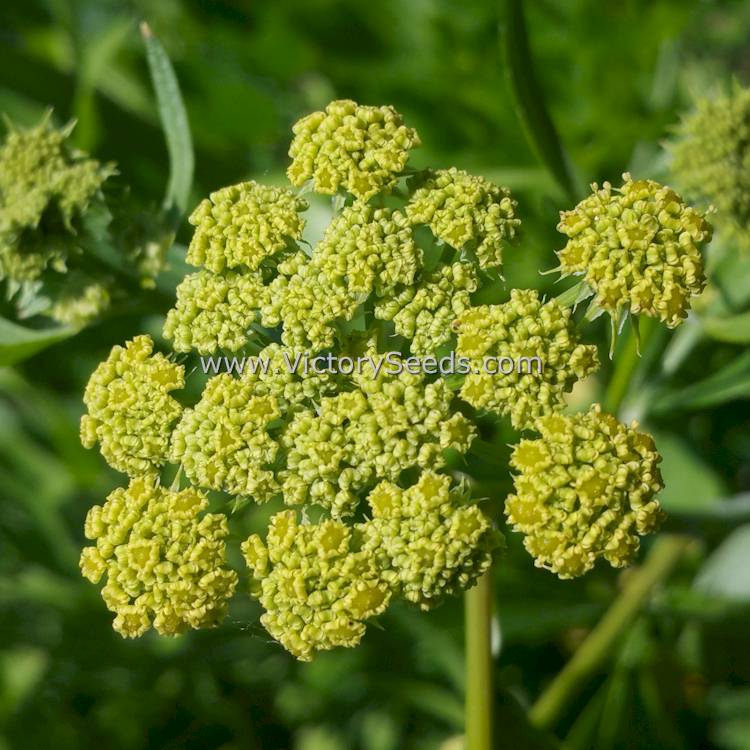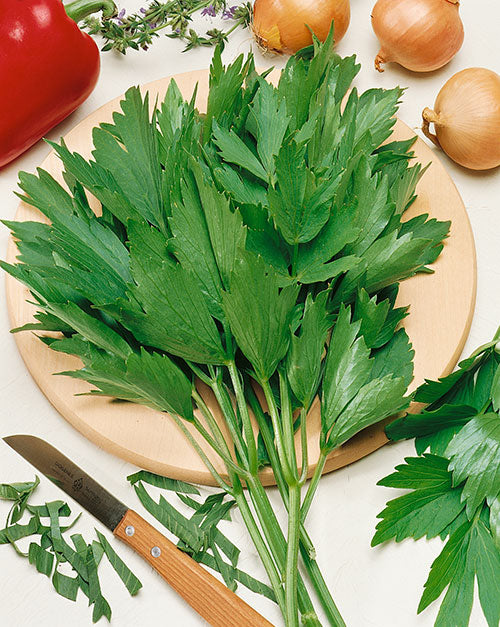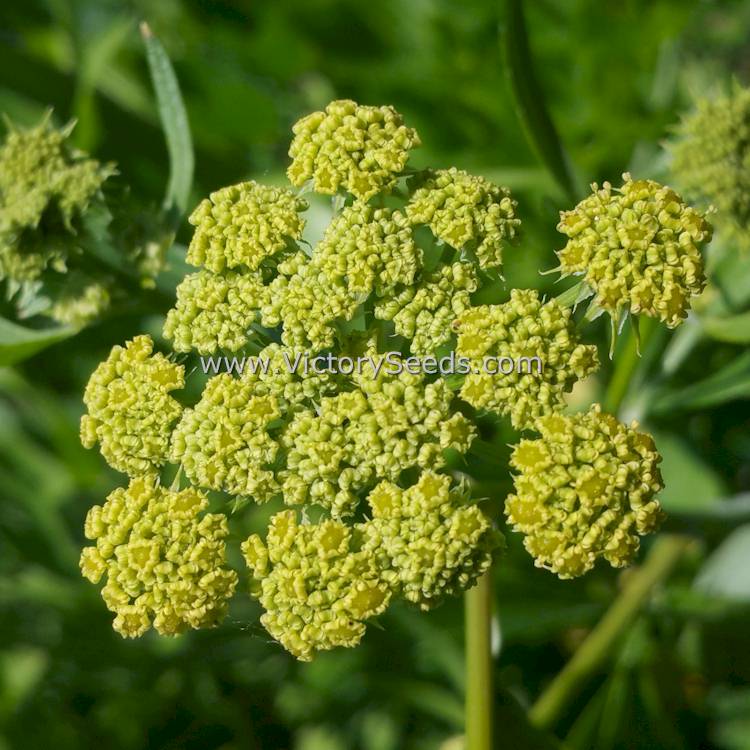Lovage
Lovage
Regular price
$2.95 USD
Regular price
Sale price
$2.95 USD
Unit price
per
Shipping calculated at checkout.
Couldn't load pickup availability
Lovage
Levisticum officinale
Levisticum officinale
'Lovage' plants grows fifty inches in height, or taller, and produce umbels (clusters) of beautiful yellow flowers. Over the centuries it has been used as both a medicinal and culinary herb but it is not grown almost exclusively as an ornamental and to flavor confections. Its seeds are aromatic and used in cakes, while its young leafstalks and stems can be blanched and used like celery in soups and salads. Fresh leaves and stems can be finely chopped and used to enhance the flavor of meat-based soups and stews. It is also used in an old English cordial, simply named "Lovage."
The flowers are perfect (having both male and female organs), are self-fertile, but attractive to pollinating insects. The plants flower from July into August with seed ripening from August into September. 'Lovage' is a hardy perennial and once established, it is not tender and will over-winter down to USDA zone 4. Each packet contains 0.25 gram, which is approximately 75 seeds.


Lovage is generally easy to cultivate. The seeds are relatively short-lived so it is recommended to sow purchased seed as soon as possible after receiving them. Once your plants are established, you can increase your numbers by dividing the roots in early spring. You can also harvest your seeds in late summer, immediately germinate them, and transplant the seedlings in autumn or hold them over until early spring transplanting them after all danger of frost has passed.
If you keep the ground around your plants cultivated, the plants should last several years. Additionally, if you allow seed heads to remain on the stalks in your garden, they are quite good at reseeding themselves.
Start your seeds in a well-prepared, finely textured seedbed in a cold frame, or indoors in pots, four to six weeks prior to your last expected frost date. Sow seeds about two times their thickness. Thin or transplant seedlings 12 to 18 inches apart in a location with rich, moist, but well-drained soil in a location that receives full sun.
The Victory Seed Company does not advocate medical self-diagnosis or
self-medication. Reference to the medicinal properties of plants are
described here for educational and historical purposes only and are not
to be construed as a prescription, prognosis or diagnosis for any
disease or illness. As with any remedies or medicines, you should
consult your personal health care provider before using.
Informational Resources:- "A Modern Herbal," Mrs. M. Grieve, 1931, p. 499-500.
- "Tyler's Honest Herbal: A Sensible Guide to the Use of Herbs & Related Remedies," Steven Foster & Varro E. Tyler, Ph.D., MJF Books, New York, 1999.
- "Sturtevant's Edible Plants of the World," edited by U. P. Hedrick, New York Agricultural Experiment Station, 1919.
Explore our vegetable collections:
[ Artichokes | Asparagus | Beans | Beets | Broccoli | Sorghums | Brussels Sprouts | Cabbage | Cantaloupe | Carrots | Cauliflower | Celery | Collard Greens | Corn | Cucumber | Eggplant | Endives | Gourds | Kale | Kohlrabi | Leeks | Lettuce | Mesclun Mix | Mustard Greens | Okra | Onions | Parsley | Edible Pod Peas | Garden Peas | South Peas | Hot Peppers | Mild Peppers | Pumpkins | Radishes | Rapini | Rhubarb | Salad Greens | Salsify | Summer Squash | Winter Squash | Swiss Chard | Tomatillo | Tomatoes | Dwarf Tomato Project | Turnips | Watermelons ]


